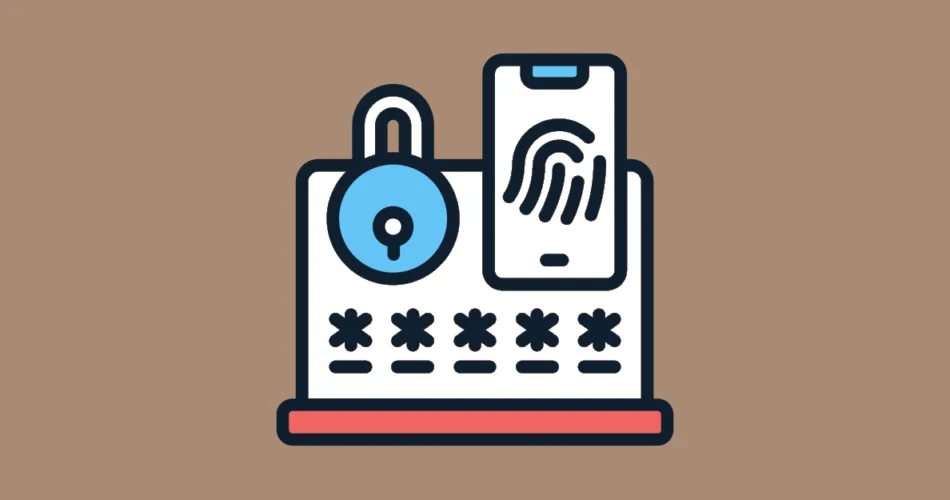OAuth and OpenID Connect (OIDC) are essential protocols for securing and managing user authentication and authorization in modern web applications. In this article, we’ll provide a comprehensive overview of OAuth and OIDC, their implementations in Java, and how to integrate social logins using these protocols.
Introduction to OAuth and OIDC
OAuth (Open Authorization) is an open standard for access delegation. It allows applications to securely access resources on behalf of a user, such as accessing a user’s Facebook photos without exposing their login credentials. OAuth provides a framework for token-based authentication and authorization.
OpenID Connect (OIDC) is an identity layer built on top of OAuth 2.0. It extends OAuth to provide a standardized way for users to log in to various services with a single set of credentials. OIDC adds identity verification to OAuth’s authorization capabilities, making it ideal for single sign-on (SSO) solutions.
Implementing OAuth and OIDC in Java
Implementing OAuth and OIDC in Java is relatively straightforward, thanks to libraries and frameworks that simplify the process. Some popular options include:
- Spring Security: Spring Security provides robust support for implementing OAuth and OIDC in Java applications. It offers out-of-the-box integration with OAuth 2.0 providers and OIDC identity providers.
- Apache Oltu: Apache Oltu is a Java library for implementing OAuth 2.0. It provides classes and utilities to handle OAuth flows and token management.
Integrating Social Logins
Social logins, such as using Google, Facebook, or GitHub credentials to access your application, have become increasingly popular. OAuth and OIDC make integrating social logins a breeze. Here’s how:
1. Register with the Social Identity Provider: Sign up as a developer with the social identity provider (e.g., Google) to obtain client credentials (Client ID and Client Secret).
2. Configure Your Application: In your Java application, configure OAuth or OIDC settings, including the client credentials and callback URLs.
3. Implement OAuth/OIDC Flows: Use the selected Java library to implement OAuth or OIDC flows. This typically involves redirecting users to the identity provider’s login page for authentication.
4. Handle User Data: After successful authentication, you’ll receive an access token. Use this token to fetch user data (e.g., email, name) from the identity provider’s API.
5. User Consent: Ensure that users understand what data your application requests from the identity provider and request their consent before accessing their data.
By following these steps and leveraging OAuth and OIDC, you can provide your users with a seamless and secure login experience using their preferred social accounts.
Subscribe to our email newsletter to get the latest posts delivered right to your email.


Comments